The symbols and mathematical operations used in the laws of physics follow a pattern that could reveal something fundamental about the universe
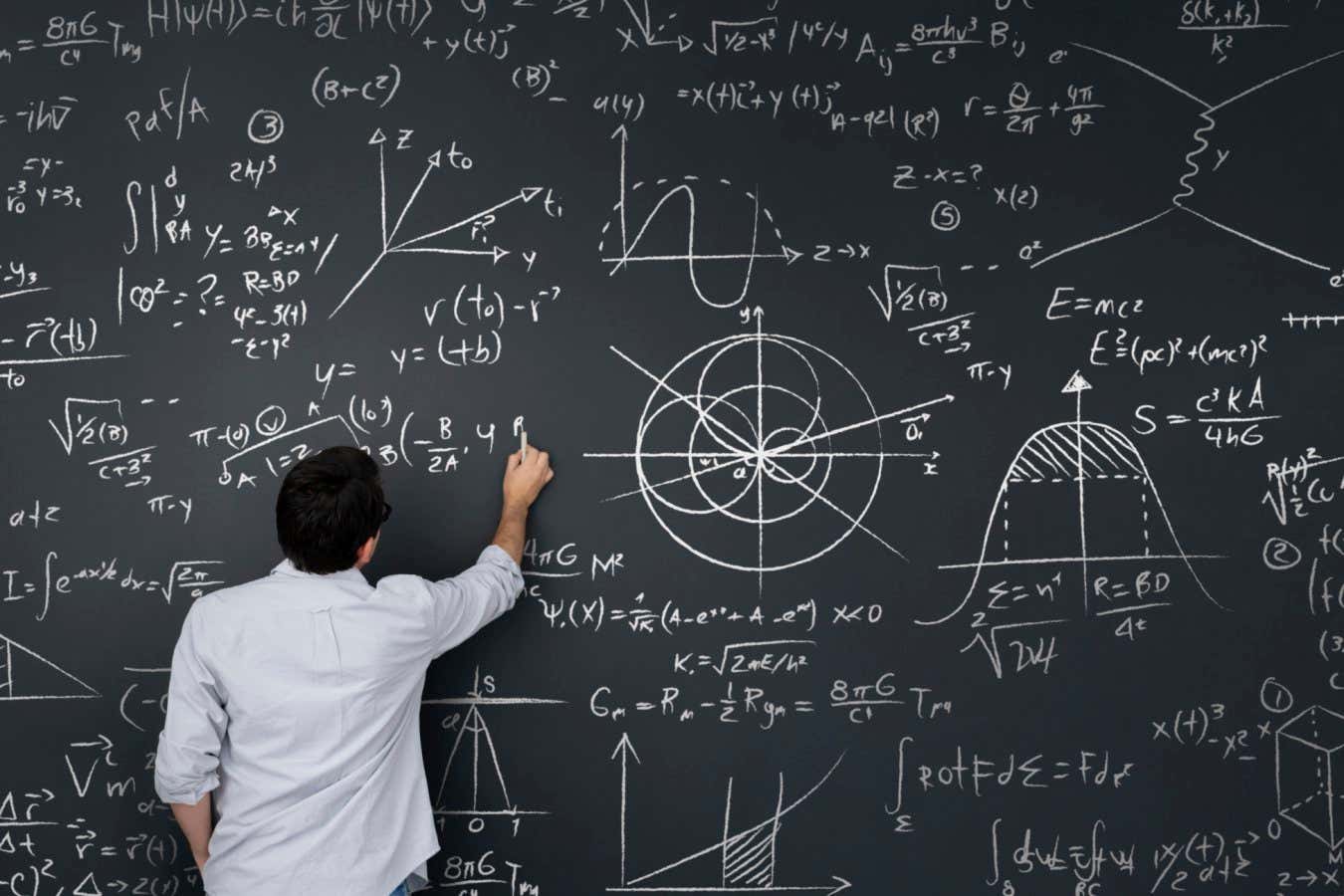

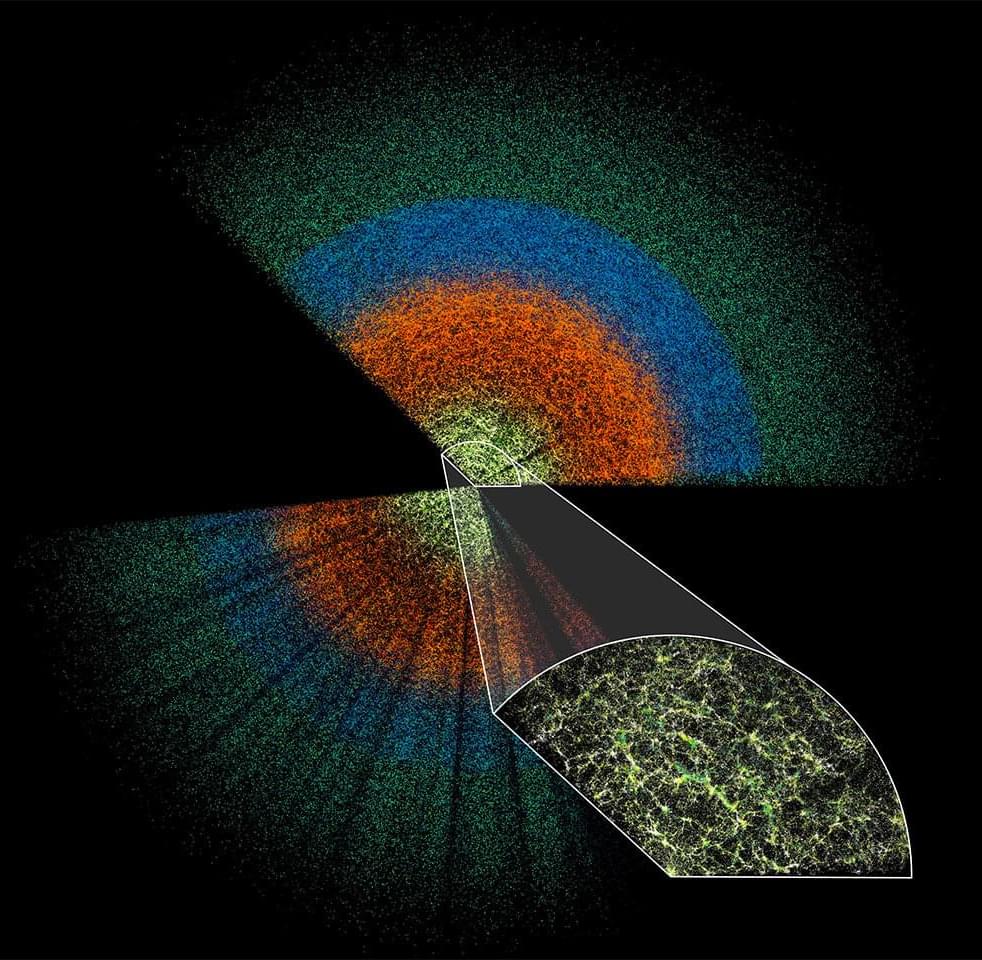
The Dark Energy Spectroscopic Instrument (DESI) is mapping millions of celestial objects to better understand dark energy—the mysterious driver of our universe’s accelerating expansion. Today, the DESI collaboration released a new collection of data for anyone in the world to investigate.
The dataset is the largest of its kind, with information on 18.7 million objects: roughly 4 million stars, 13.1 million galaxies, and 1.6 million quasars (extremely bright but distant objects powered by supermassive black holes at their cores).
While the experiment’s main mission is illuminating dark energy, DESI’s Data Release 1 (DR1) could yield discoveries in other areas of astrophysics, such as the evolution of galaxies and black holes, the nature of dark matter, and the structure of the Milky Way.

A trio of physicists from Princeton University, CIT’s Jet Propulsion Laboratory and Spectral Sensor Solutions, all in the U.S., is proposing the possibility of generating electricity using energy from the rotation of the Earth. In their study, published in the journal Physical Review Research, Christopher Chyba, Kevin Hand and Thomas Chyba tested a theory that electricity could be generated from the Earth’s rotation using a special device that interacts with the Earth’s magnetic field.
Over the past decade, members of the team have been toying with the idea of generating electricity using the Earth’s rotation and its magnetic field, and they even published a paper describing the possibility back in 2016. That paper was met with criticism because prior theories have suggested that doing so would be impossible because any voltage created by such a device would be canceled as the electrons rearrange themselves during the generation of an electric field.
The researchers wondered what would happen if this cancelation was prevented and the voltage was instead captured. To find out, they built a special device consisting of a cylinder made of manganese-zinc ferrite, a weak conductor, which served as a magnetic shield. They then oriented the cylinder in a north-south direction set at a 57° angle. That made it perpendicular to both the Earth’s rotational motion and the Earth’s magnetic field.
NVIDIA has just unveiled the Isaac GR00T N1, a foundation model that is revolutionizing humanoid robotics. This AI-driven system can learn tasks, make decisions, and adapt like never before!
At GTC 2025, NVIDIA CEO Jensen Huang revealed the Isaac GR00T N1, a next-generation AI model designed to train humanoid robots with unprecedented efficiency. It uses a dual-system approach—one for instant reactions and another for strategic thinking. NVIDIA also introduced Newton, a physics engine developed in collaboration with Google DeepMind and Disney, aiming to enhance robotic motion.
Additionally, NVIDIA’s Isaac GR00T Blueprint enables large-scale training with synthetic data. In just 11 hours, the system generated over 780,000 training examples, drastically improving robot accuracy. These advancements could reshape industries by making humanoid robots more intelligent and useful in real-world applications.
What do you think of NVIDIA’s latest robotics breakthrough? Let us know in the comments! Do not forget to like, subscribe, and turn on notifications for more updates on AI and robotics.
#NVIDIA #AI #Robotics.
Get More Great Car Videos — Subscribe: https://goo.gl/BSIaFc

In a fun experiment, Max Koch, a researcher at the University of Göttingen in Germany—who also happens to be passionate about homebrewing—decided to use a high-speed camera to capture what occurs while opening a swing-top bottle of homebrew.
When Robert Mettin, who leads the Ultrasound and Cavitation group at the university’s Third Institute of Physics, Biophysics, suggested that Koch should submit the findings to the special “kitchen flows” issue of Physics of Fluids, Koch and his colleagues chose to expand on the home experiment and delve into the novel acoustics and physics at play.
The group found that the sound emitted by opening a pressurized bottle with a swing-top lid isn’t a single shockwave, but rather a very quick “ah” sound. Their high-speed video recordings captured condensation within the bottleneck that vibrated up and down in a standing wave.
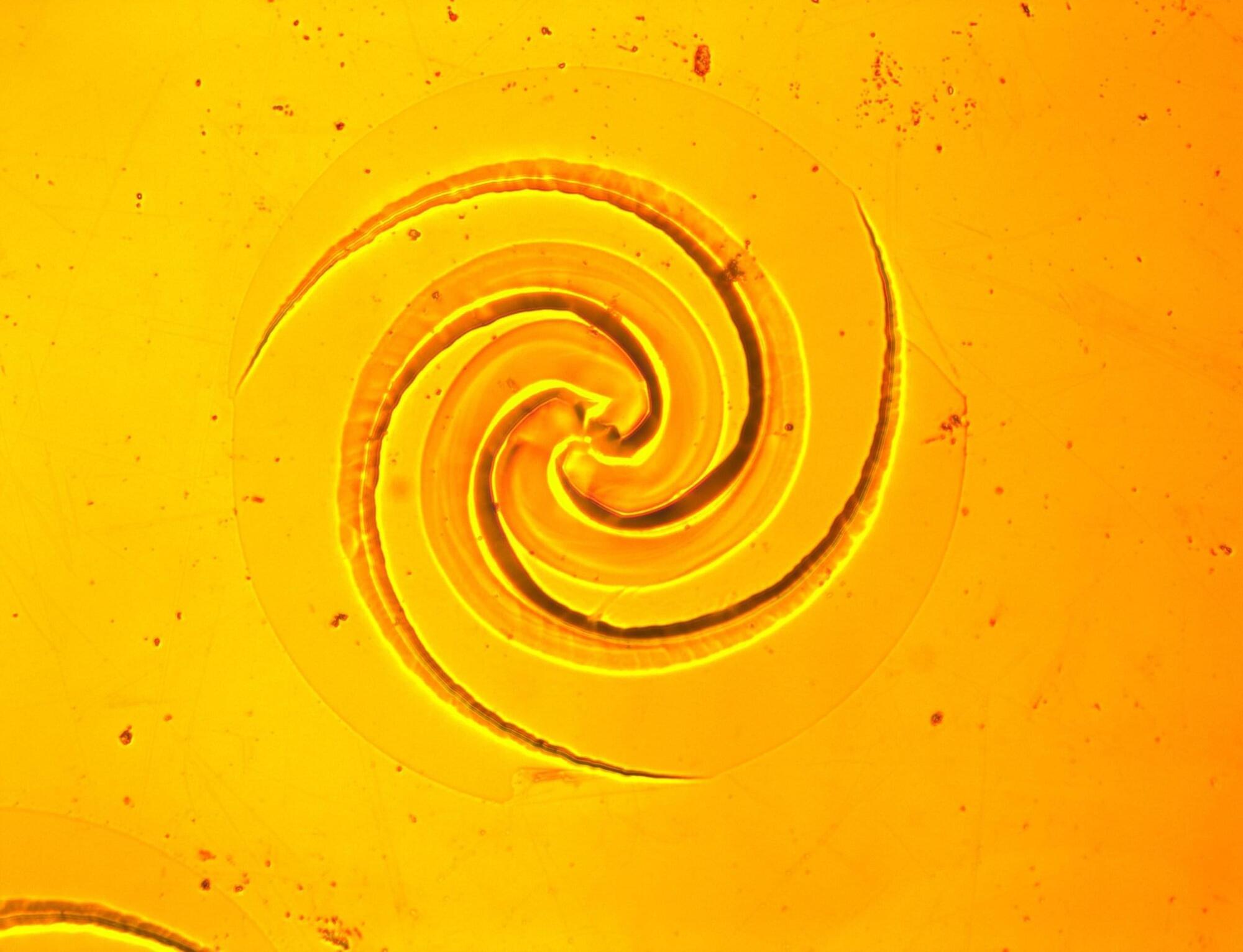
A curiosity about tiny dots on a germanium wafer with metal films led to the discovery of intricate spiral patterns etched by a chemical reaction. Further experiments revealed that these patterns emerge from chemical reactions interacting with mechanical forces through a deforming catalyst. This breakthrough marks the most significant advance in studying chemical pattern formation since the 1950s. Understanding these complex systems could shed light on natural processes like crack formation in materials and the effects of stress on biological growth.
University of California, Los Angeles doctoral student Yilin Wong noticed tiny dots appearing on one of her samples, which had been accidentally left out overnight. The layered sample consisted of a germanium wafer topped with evaporated metal films in contact with a drop of water. On a whim, she examined the dots under a microscope and couldn’t believe her eyes. Beautiful spiral patterns had been etched into the germanium surface by a chemical reaction.
Wong’s curiosity led her on a journey of discovery, revealing something never seen before: hundreds of nearly identical spiral patterns spontaneously forming on a centimeter-square germanium chip. Even more remarkably, small changes in experimental parameters, such as the thickness of the metal film, produced different patterns, including Archimedean spirals, logarithmic spirals, lotus flower shapes, radially symmetric patterns, and more.
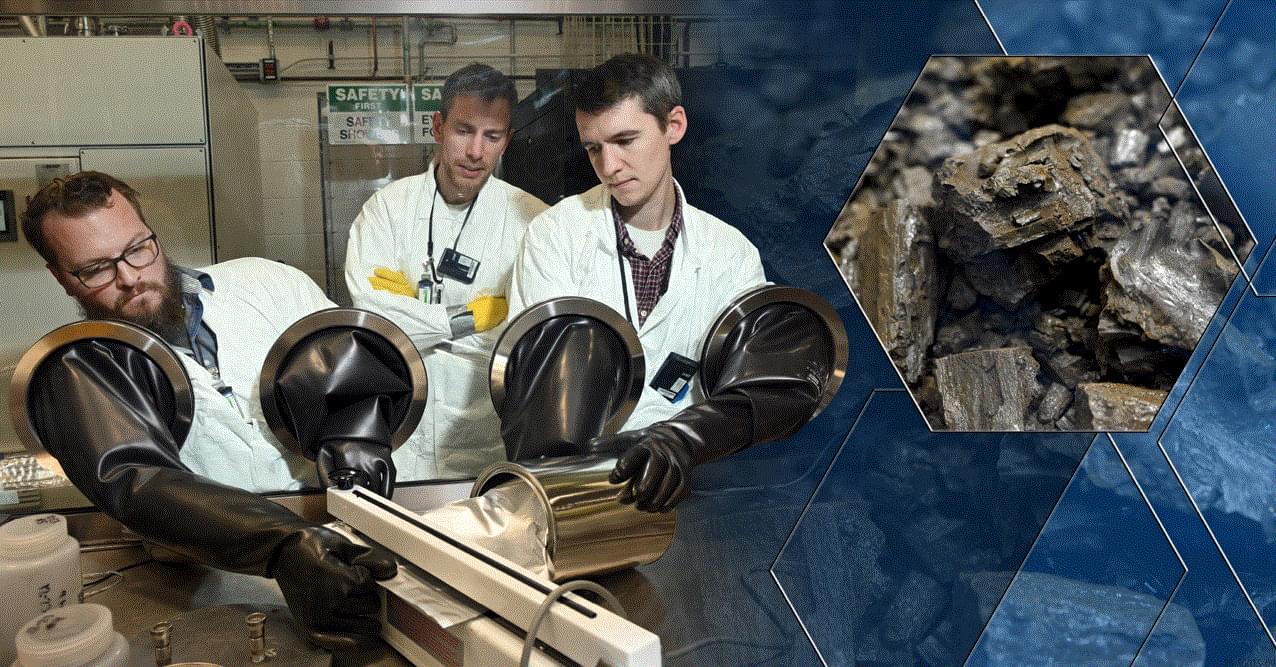
After five years of trying to find the right ingredients, scientists at the Idaho National Laboratory (INL) believe they have created the perfect recipe to fuel the world’s first critical fast-spectrum molten salt reactor.
The Molten Chloride Reactor Experiment (MCRE) at INL will test a new type of nuclear reactor that uses a mixture of molten chloride salt and uranium as fuel and coolant. This experiment allows researchers and scientists to evaluate the safety and physics of a molten chloride fast reactor that Southern Company and TerraPower plan to build.
This type of advanced reactor is an attractive option to provide electricity and heat for communities and industry. They operate at higher temperatures for improved efficiency, potentially reduced waste generation and inherent safety features due to the liquid fuel design.
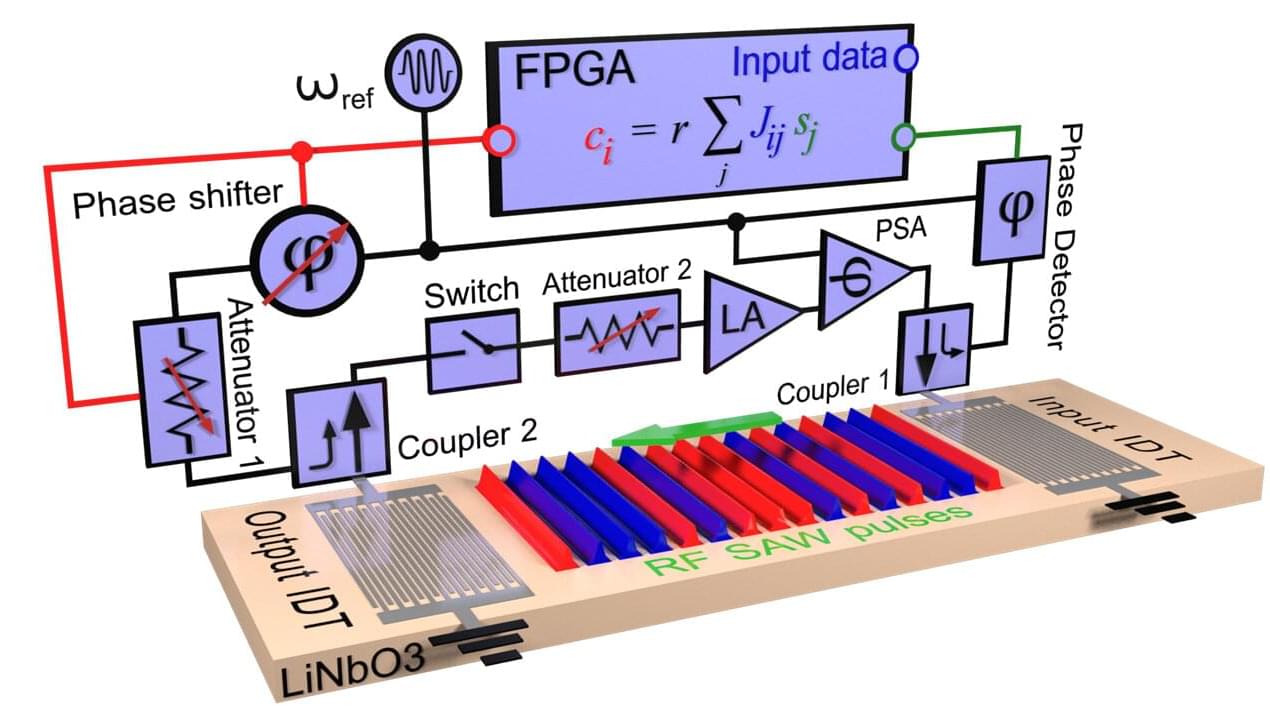
Researchers at the University of Gothenburg have developed a novel Ising machine that utilizes surface acoustic waves as an effective carrier of dense information flow. This approach enables fast, energy-efficient solutions to complex optimization problems, offering a promising alternative to conventional computing methods based on von-Neumann architecture. The findings are published in the journal Communications Physics.
Traditional computers can stumble when tackling combinatorial optimization problems —tasks of scheduling logistic operations, financial portfolio optimization and high frequency trading, optimizing communication channels in complex wireless networks, or predicting how proteins fold among countless structural possibilities.
In these cases, each added node—an additional logistic hub, network user, or molecular bond causes the number of possible configurations to explode exponentially. In contrast to linear or polynomial growth, an exponential increase in the number of possible solutions makes even the most powerful computers and algorithms lack the computational power and memory to evaluate every scenario in search of vanishingly small subsets representing satisfactorily optimal solutions.
James Fodor discusses what he is researching, mind uploading etc.
As of 2020, James Fodor, is a student at the Australian National University, in Canberra, Australia. James’ studies at university have been rather diverse, and have at different times included history, politics, economics, philosophy, mathematics, computer science, physics, chemistry, and biology. Eventually he hopes to complete a PhD in the field of computational neuroscience.
James also have a deep interest in philosophy, history, and religion, which he periodically writes about on his blog, which is called The Godless Theist. In addition, James also has interests in and varying levels of involved in skeptical/atheist activism, effective altruism, and transhumanism/emerging technologies. James is a fan of most things sci-fi, including Star Trek, Dr Who, and authors such as Arthur C. Clarke and Isaac Asimov.
Many thanks for watching!
Consider supporting SciFuture by:
a) Subscribing to the SciFuture YouTube channel: http://youtube.com/subscription_center?add_user=TheRationalFuture b) Donating.
- Bitcoin: 1BxusYmpynJsH4i8681aBuw9ZTxbKoUi22
- Ethereum: 0xd46a6e88c4fe179d04464caf42626d0c9cab1c6b.
- Patreon: https://www.patreon.com/scifuture c) Sharing the media SciFuture creates: http://scifuture.org.
Kind regards.

“Hans A. Bethe, who discovered the violent reactions behind sunlight helped devise the atom bomb and eventually cried out against the military excesses of the cold war, died late Sunday. He was 98, among the last of the giants who inaugurated the nuclear age.” William J. Broad, New York Times, March 8, 2005.
Remembering Hans Bethe makes available a collection of more than five and one half hours of videos of one of the legendary figures of physics of the past century. He interprets the transcripts of secretly recorded conversations of interned German atomic scientists when they first heard of the use of the atomic bomb. Hans Bethe (pronounced BAY-tah) and Robert Wilson, a co-participant in the Manhattan Project discuss the development of the bomb. In 1993 he and friend, Victor Weisskopf, fondly reminisce about their early years as immigrants to upstate New York. Kurt Gottfried, Physics Department Chair, moderates these discussions. In 1994 Bethe describes the Manhattan Project for Cornell students, after being introduced by Carl Sagan, and entertains their questions.
This ‘…unpretentious man of uncommon gifts’, as the New York Times described him, received the Nobel Prize in Physics in 1967 for his work explaining how stars shine. In 1995 his friends and colleagues celebrate his influence and the 60 years he had been at Cornell. He continued as an active and productive researcher and published original scholarship for many additional years beyond his ‘official’ retirement. A complete list of his publications is included.